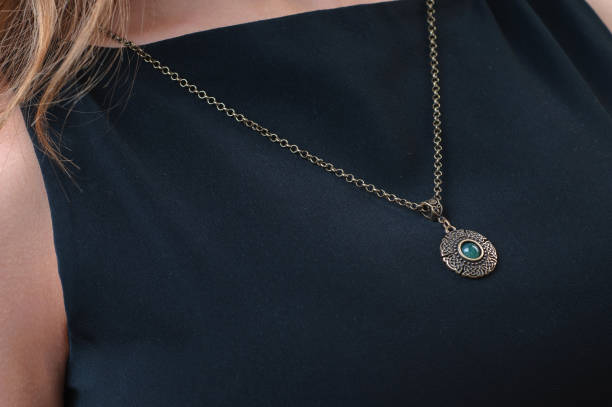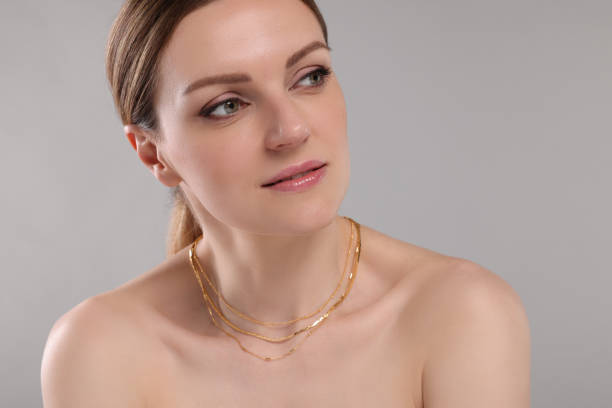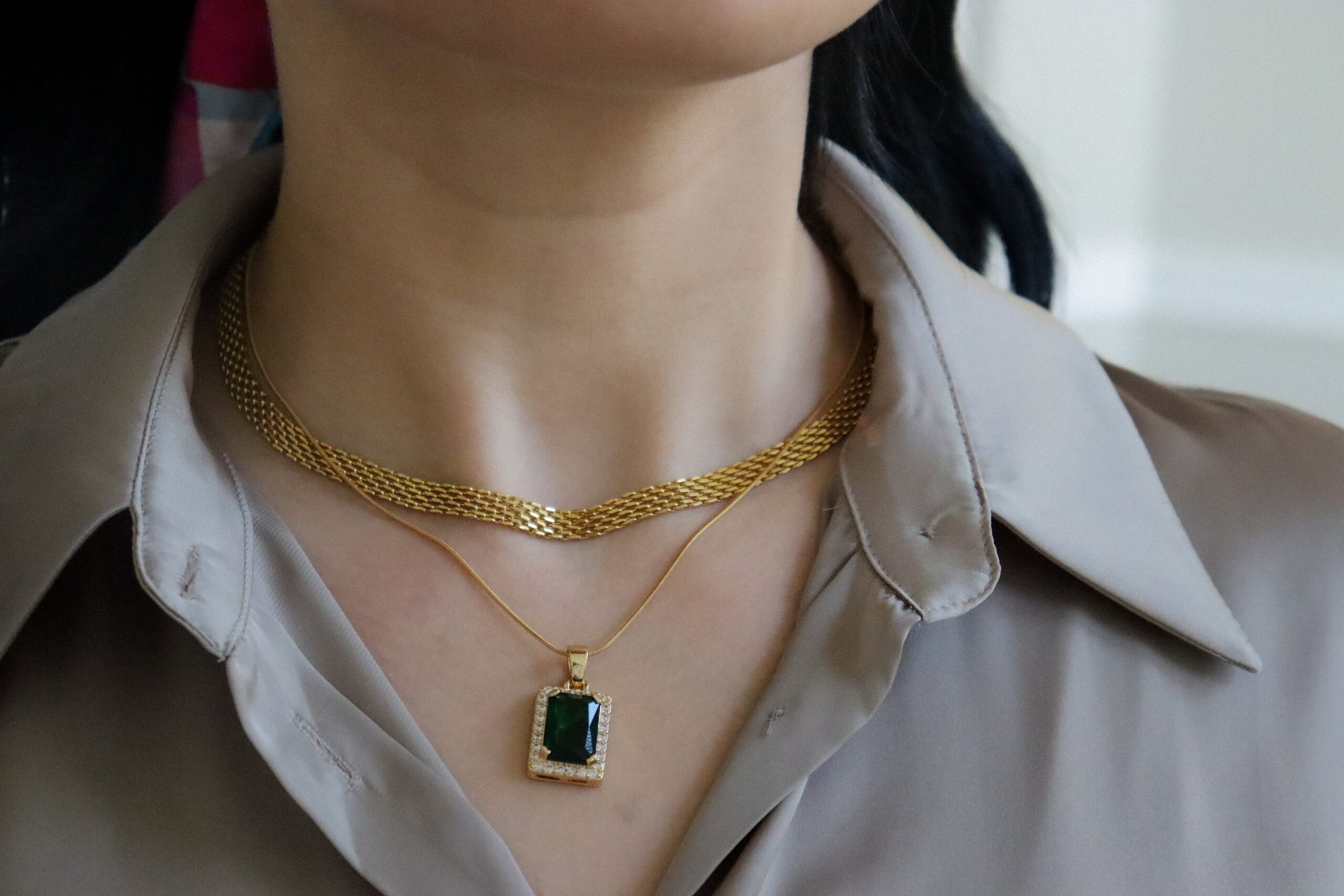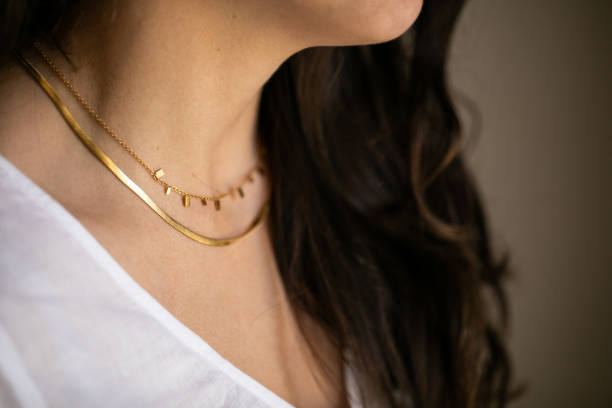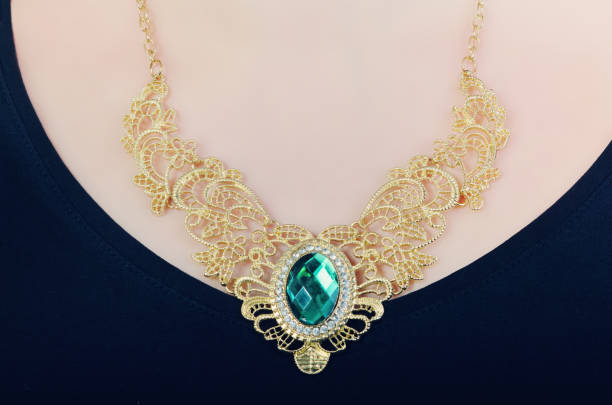The Hidden Ecological Consequences
We drool over the 18k gold necklace womens, not because of the beauty it carries but for what it portrays: luxuriousness, stature, and something timeless. But the bitter fact is that the grandeur of gold comes at a price, which, amongst all other things, lies hidden in its tonnage-which seldom will anybody think over: the ecological footprint. Leaving craftsmanship aside, let’s get to the stuff required to make that glittering thing before it’s worn. Just imagine one standing on the side of a virgin, really far, far away hillside. Somewhere, in the distance, one hears birds chirping, the air is crisp, and the scenery is from some tourist’s brochure. Now replace that with the sights of noisy machinery, huge pits, and dust-laden air.
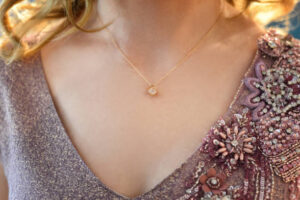
Extraction of gold is very invasive.
For such minute bits of gold, so much earth gets dug up. For example, a company will process over 30 tons of ore in order to retrieve an ounce of the gold. That isn’t even the scariest thought. Chemicals which are used in processes for the extraction of gold often include such things as cyanide and mercury. Yeah, you read it right: cyanide! Poison used to separate gold from rock-considering how he works, there is no kind of a television detective he could be like.
But with all those things spreading throughout the water supply into those local rivers and lakes, it is as if they have some toxic wasteland to drink from-nor would it be for the local communities. Some would say, it’s just sort of a double whammy. These impacts start spiraling out and touching every single thing in sight.
Now, let’s just add a little more to this already tangled web. Giant pieces of the puzzle are soil erosion and deforestation-the forests acting as lungs for our Earth, housing an uncountable number of species, while being torn down for mining areas. Wholesome ecosystems get destroyed in the blink of an eye. Just try to picture all of those trees falling down at a speed much faster than it would take to utter the words “eco-disaster.”.
What about the rest of the waste? Gold mines have tons and tons. All together, this beautiful mess they call tailings, or otherwise said, toxic slurry. Sometimes those tailings keep in great pools. Oh boy, if one of those pools ever leaks or breaks, that is like Pandora’s box. The toxic sludge covers miles and destroys everything in its way.
Let us paint, however, no grim picture. This is not any Hitchcock movie in which the villains are always to be triumphant. The saving fact is that more and more are now waking up to this environment nightmare called gold mining. Companies have started implementing techniques that are less harmful to the environment, though the pace might be as slow as the paint drying.
Meanwhile, Fairtrade-certified and recycled gold crops up pretty much everywhere. No real silver bullets here, but every little helps, right? Sort of like giving up the plastic straw for the metal one-all these little steps count toward giant leaps forward.
Equally powerful is the consumer. A little inquiry the next time one buys anything may do wonders. Who made your jewelry? What are their mining practices?
But when they struggle, and begin to stammer over the answer, perhaps that’s a good indication that it’s time to look elsewhere as to where you’re placing your hard-earned money. Admittedly, with our wallets we vote. The more people are saying, “We want our gold to be green and ethically sourced,” the more these companies will be made to listen.
Luminous Decisions: Picking Your Green 18K Gold Jewelry Is one seeking an 18K gold ladies’ necklace or some sleek earrings? Choices to be eco-friendly are arguably endless and literally at the fingertips of any consumer. Let’s meander our way, winding through this golden labyrinth in search of the cream of ethical 18K gold. Understand your gold first: 18k is 75% pure gold, mixed with other metals in terms of durability and color.
It’s really very, very good, not only with regard to hue but also when it comes to durability. Again, not all that glitters is green-you’ll want it responsibly sourced. Certifications are going to be your new best friend. Trustworthy certification, therefore, represents the treasure map to the right choice. Look out for labels like Fairmined or Fairtrade Gold. It guarantees the gold was mined with no hazard or exploitation of the miners. Without those, then, well. you get some shady, blood-stained bling, right? That’s not what we want.
Recycled gold: shining bright as saviour Recycled gold? Yes, please! Wearing jewelry made out of recycled gold reduces demand for newly mined ones. They are melted and refashioned by the maker, thus reducing the stress that the environment has to face. It’s the gift which keeps giving.
Brands’ Ethical Attitude
Is your favorite jewelry brand REALLY into ethics? Stalk them, duh-on their website and/or social media pages. Brands that have nothing to hide shout it from the rooftops. Transparency is key-give ’em a call and ask ’em some questions, would ya? Those green flags better be flying as visible as a golden sunburst. Small-scale miners have captivated your interest. It is not fair to the artesanal and small-scale miners either, but again, they are the only diamonds in this trade-helping them is a means to directly help the livelihoods.
At least the methods of extraction follow an eco-friendly way of causing less harm to this pretty Earth.
Carbon Footprint: Time to Shrink Each of those chain store options has a carbon footprint too: shipping, packaging, production.
Mind the dimensions, though. Some were neutrally shipped; if not, at least in some sort of eco-friendly packaging. Look fabulous, take care of Mother Earth, kill two birds with one stone. Retro Feeling Of course, the real treasure is to be found at estate sales and second-hand shops where actual one-of-a-kind precious jewels can be had. Plus, it is second-hand, so quite literally zero new environmental harm.
Who wants Grandma’s brooch? A mix of Intergem’s emeralds, rubies, and sapphires-just be choosy: conflict-free stones only, please. Even more so, certification, talking of such schemes as the Kimberley Process, or from laboratories that are in a position to make these breathlessly beautiful things without a dark story. That is where the brilliance really lies: in the choice made with full knowledge.
Artisans and Small-Scale Businesses
Yeah, it definitely has that personal touch in supporting local artisans or small-time jewelers. Most of them make them in small batches, so basically, it’s handmade stuff, and since it’s made with love, it leaves less damage on the environment-a win-win situation. Unique, ecological, and supports one’s dream.
Ready to pick your glittering eco-friendly 18k gold jewelry? It’s not about picking up something but stating a fact-that much one cares for sustainability as their style. Let bright be the shine with Ethic!
